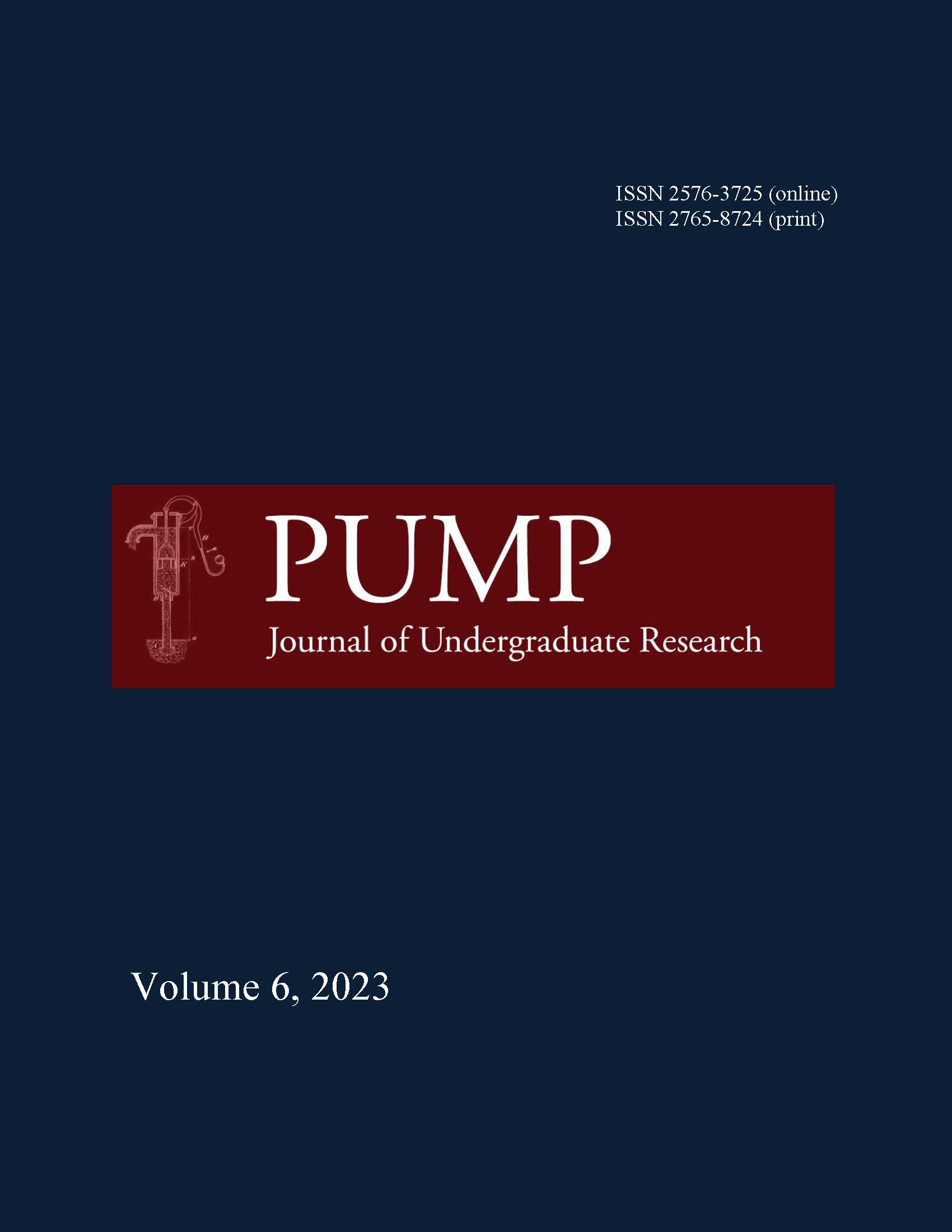Optimal Tilings of Bipartite Graphs Using Self-Assembling DNA
DOI:
https://doi.org/10.46787/pump.v6i0.2427Keywords:
graph theory; self-assembling DNA; tiling; nanotechnology; bipartite graphsAbstract
Motivated by the recent advancements in nanotechnology and the discovery of new laboratory techniques using the Watson-Crick complementary properties of DNA strands, formal graph theory has recently become useful in the study of self-assembling DNA complexes. Construction methods based on graph theory have resulted in significantly increased efficiency. We present the results of applying graph theoretical and linear algebra techniques for constructing crossed-prism graphs, crown graphs, book graphs, stacked book graphs, and helm graphs, along with kite, cricket, and moth graphs. In particular, we explore various design strategies for these graph families in two sets of laboratory constraints.
Downloads
Published
2023-03-13
How to Cite
Redmon, E., Mena, M., Vesta, M., Renzyl Cortes, A., Gernes, L., Merheb, S., … Harsy, A. (2023). Optimal Tilings of Bipartite Graphs Using Self-Assembling DNA. The PUMP Journal of Undergraduate Research, 6, 124–150. https://doi.org/10.46787/pump.v6i0.2427
Issue
Section
Articles
License
The author(s) will retain the copyright, but by submitting the article agree to grant permission to the PUMP Journal of Undergraduate Research to publish, distribute, and archive the article. The author(s) will acknowledge prior publication in the PUMP Journal of Undergraduate Research for all future uses of the article or parts of it.


